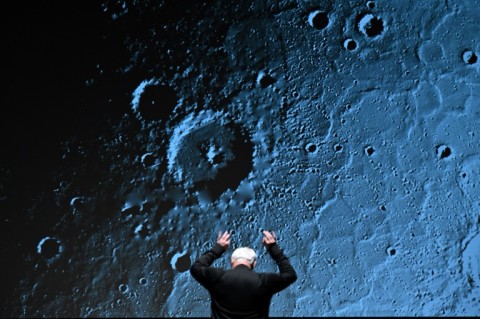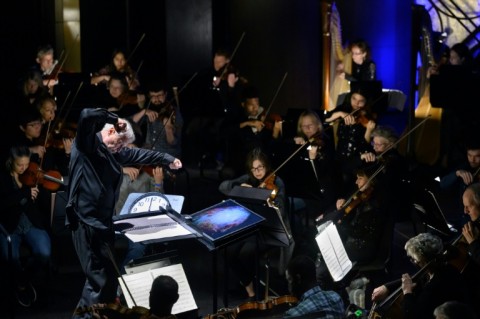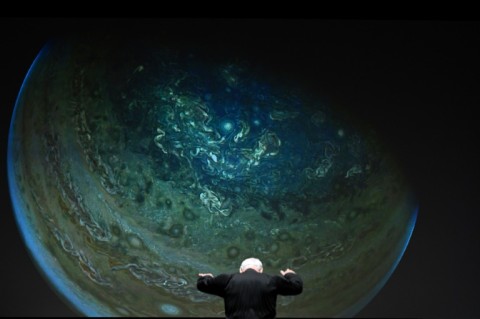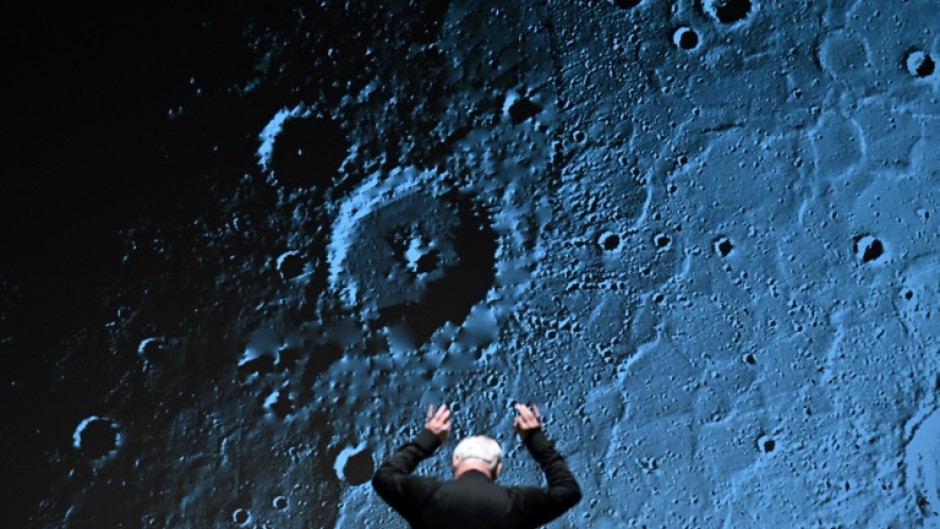
WASHINGTON - It could be the ultimate blend of art and science -- a new seven-suite "space symphony" inspired and illustrated by NASA's latest mind-boggling images.
The world premiere outside Washington last week of "Cosmic Cycles" showcased vivid imagery compiled by the US space agency alongside the first-ever public performance of the music.
Henry Dehlinger, the symphony's American composer, describes it as "almost like a total artwork."
"It's not just music, it's not just visuals -- it's not a score for a film either," the 56-year-old told AFP before the concert.
"It's more of an immersive experience that encapsulates both visuals and sound."
A similar effort was undertaken over a century ago by English composer Gustav Holst -- but when he wrote his famous ode to "The Planets," much in astronomy remained only theoretical.
Since then, humans have walked on the Moon, sent roving research labs to Mars and probed across the solar system with powerful telescopes allowing us to peer billions of light-years away.
The images from that research, compiled by NASA producers into seven short films, served as the inspiration for Dehlinger.

Piotr Gajewski, music director and conductor of the National Philharmonic, explained that the idea for the project came after previous work with NASA on visuals to go with a double-billing of Claude Debussy's "La Mer" ("The Sea") and Holst's "The Planets."
The seven-part piece begins at the heart of our solar system -- the Sun -- with shots of its swirling and gurgling surface, and explosions of particles out to the planets.
The next two movements focus on NASA studies of our home planet, from a global perspective and then through Earth photographs taken by astronauts in orbit.
Apart from photos and videos, interspersed throughout the seven films are a "mesmerizing collection of data visualizations" created by NASA, Sisler explained.
Data on ocean currents, for example, "look like Van Gogh paintings when you put them in motion. The colors are beautiful, you see patterns that you never realized before."
A fourth segment on the Moon is followed by profiles of each planet -- including a focus on images of the Martian surface taken by NASA rovers.

Jupiter, a "regal subject" according to Dehlinger, is introduced by roaring chimes and horns.
The symphony also takes a detailed look at recent experiments on asteroids before a big finale of nebulae, black holes and other galactic phenomena.
In addition to two performances at venues outside Washington, NASA has released the videos to its YouTube page with a synthesised version of Dehlinger's soundtrack.

